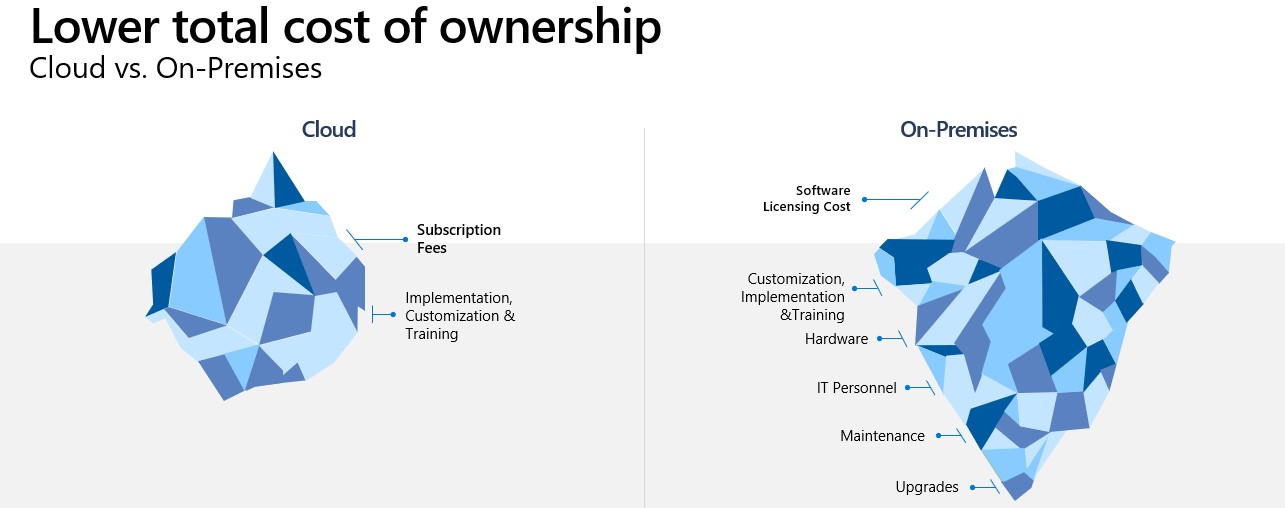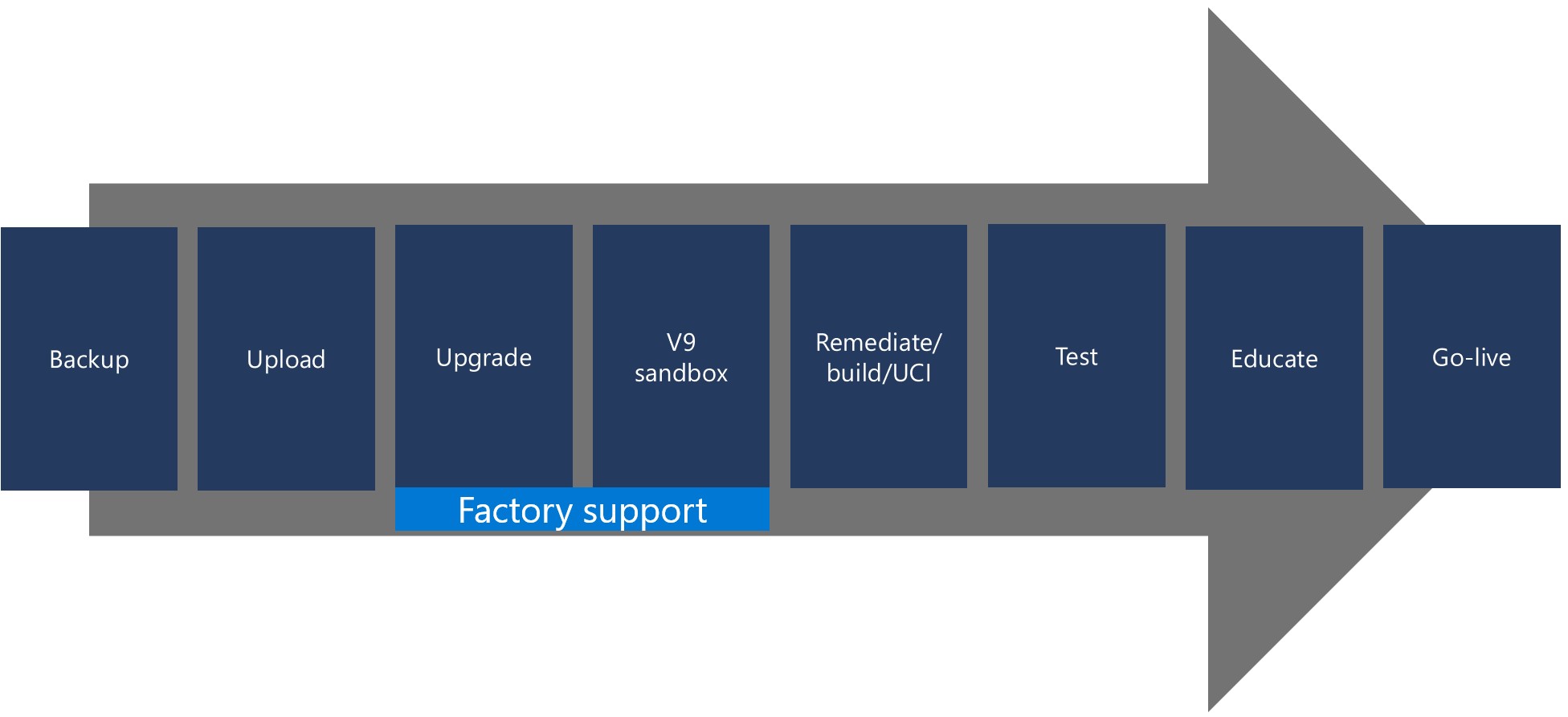Empowering everyone to collaborate as one business, everywhere.
Across industries, businesses are undergoing a once-in-a-generation shift in how, when, and where people work. This shift to flexible, hybrid work modelswith some workers on-site, others remoteis forcing many businesses to rethink how people digitally engage and collaborate with colleagues, partners, and customers in the flow of work.
As we talk to business leaders about the new era of hybrid work, a resounding theme is the need for new ways for people across business functions to collaborate as one business, everywhere. Collaboration needs to empower anyone to find and connect with people across the businessmaking it easier to exchange ideas, information, and expert guidance.
We checked in with two companies reinventing how people collaborate, enabling a new era of work that engages people everywhere across the business. These leaders in their industriesinsurance and legendary music brandsshared how Microsoft Dynamics 365 and Microsoft Teams are helping them bring people, information, and processes togetheracross physical locations, departments, and time zones.
The “expert” approach to a collaborative sales culture
In the world of hybrid work, sales teams need access to experts across the organization to build proposals and service that fits the unique needs of each customer. Sales teams can now invite anyone across the company to collaborate on Dynamics 365 sales records right within the flow of a Teams chat or channel.
Insurance and advisory company Willis Towers Watson (WTW) needed to centralize sales data and processes into one platformin its case, across sales teams around the world. Formed by a merger in 2016, nearly 90 percent of client-facing staff are using Microsoft Dynamics 365 Sales to centralize all engagement into one platform and Power BI to add powerful analytics capabilities. The result: a boost in sales leads thanks to better visibility into data, an increase in actionable insights, and more personalized services.
WTW now wants to build even more structure around how it manages clients with a consistent set of tools to enable better collaboration across account managers and sellers and a full 360-degree view of clients. The company plans to tie its Microsoft Teams channels in closely with Dynamics 365 so that staff can store individual records in Dynamics 365 but have the option to edit them in Teams. By putting Microsoft Teams and Microsoft Dynamics 365 Sales in the hands of the whole company, they will enable anyone from sellers to service agents to share and collaborate from within Teams or Dynamics 365 Sales without switching apps.
“We tested this Teams functionality with some operational leaders recently, and it went really well,” says Amanda Duffield, Director, Corporate Risk and Broking, Great Britain, Willis Towers Watson. “It’s early, but staff understands the bigger-picture possibilities with collaboration from anywhere and how easy it is to connect another Microsoft product and maintain that continuity.”
Connecting conversations and customer experiences across the organization
Every day, employees at a typical organization carry out hundreds, if not thousands, of conversationssharing ideas, information, and insights that move business forward. In the new world of hybrid work, businesses need ways to bring conversations together, so that separate, disjointed work efforts can contribute toward the shared goals and visions. At one of the most beloved and recognized music brands, Dynamics 365 and Microsoft Teams are enabling cross-organizational collaboration to take center stage.
Gibson Brands, the world’s most iconic guitar brand, transitioned to Dynamics 365 Commerce, Dynamics 365 Finance, and Microsoft Teams to simplify internal processes and provide a more immersive experience for customers. The combination has improved communications and cross-functional collaboration within the company, helping to transform retail sales by providing a platform to meet customers everywhere they arethrough retail, direct sales, or a dealer network.

The result has broken down siloes between teams, from production to sales to operationsa level of transparency that lets everyone understand how each team impacts the customer experience.
Cheryl Morgan, Business Analyst at Gibson Brands, explains, “When we decided to go with Dynamics 365 and implement across the business, we were forced to start working together as a collaborative team. We’ve all learned so much about how production works, how that affects sales and how that affects our customers. Dynamics 365 creates the accountability between the different business units. Everybody is having to work together. It’s been a real eye-opener.”
When the Gibson workforce shifted to remote work during COVID-19 lockdowns, the seamless integration with Microsoft Teams ensured no one missed a beat. As Morgan added, “we would not have made it through COVID-19 had this not been a cloud-based environment. Everything I do is Dynamics 365 and Teams and Outlook, which has been pivotal.”
One business, everywhere. Create your own story
These examples are just a snapshot of organizations reinventing collaboration with the tightly integrated capabilities of Microsoft Teams and Dynamics 365. Catch up on the four essential capabilitiesbuilt into Dynamics 365 and Teamsto help everyone across your business work together from anywhere in a more seamless and natural way. Then, learn more ways to bring together people, data, and processes in the flow of work.
The post Top companies share how Dynamics 365 and Teams empower employees to collaborate like never before appeared first on Microsoft Dynamics 365 Blog.
Brought to you by Dr. Ware, Microsoft Office 365 Silver Partner, Charleston SC.







Recent Comments